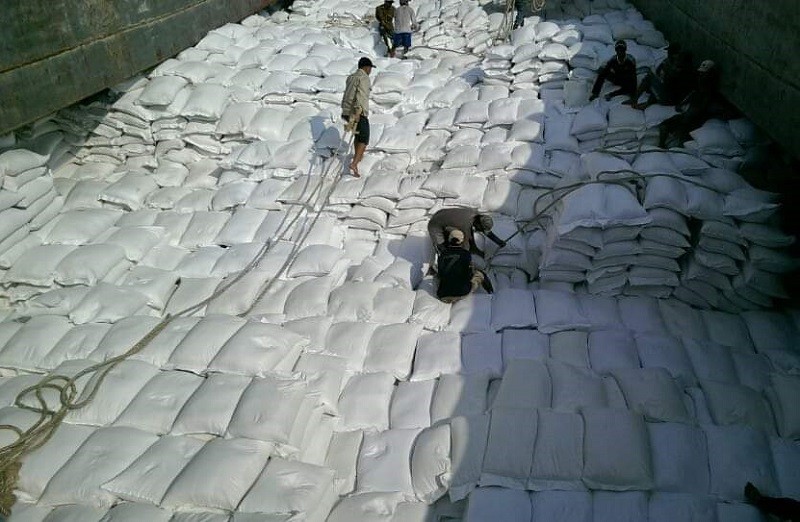Standard Chartered today launched its “Winning in ASEAN” report, showcasing business sentiments, opportunities, and strategies corporates can undertake to navigate the global shifts and drive growth in the region. The findings underscore the impetus for greater effective public-private partnership (PPP), to accelerate recovery and resilience in ASEAN and beyond.
The growth potential of ASEAN is undisputed
In 2021, ASEAN was the third highest recipient of Foreign Direct Investment (FDI) globally, with inflows of USD 174 billion, returning to pre-pandemic levels. Some 50 per cent of ASEAN’s FDI inflows originate from the US, EU-27, and China. Intra-ASEAN FDI contributed about 12 per cent of the region’s FDI inflows in 2021.
Trade agreements, such as the Regional Comprehensive Economic Partnership (RCEP), are expected to further accelerate growth. With RCEP in place, 81 per cent of business leaders surveyed plan to increase investments in ASEAN over the next three to five years. Overall, 93 per cent of them expect positive revenue growth from their ASEAN businesses.
Benjamin Hung, Chief Executive Officer (CEO), Asia, Standard Chartered, said: “ASEAN is an oasis of growth, with its GDP forecasted to grow about 4 per cent annually to USD 4.5 trillion by 2030. Amidst global complexities, we see structural trends presenting significant opportunities in ASEAN, where there is growing inter-connectivity in trade and capital flows, strong digital adoption, and an acceleration of green transition. Corporates need to act decisively to capture what ASEAN has to offer today. As a leading international bank in the region, Standard Chartered is committed to supporting our clients in capturing these exciting opportunities.”
Vietnam cementing manufacturing hub status
The report indicates that corporates are optimistic about their businesses in Vietnam, with 58 per cent having existing and future plans to expand sales in Vietnam.
Vietnam has made significant progress in becoming a dynamic, cost competitive nation. The country has received greater attention as an alternative manufacturing hub as businesses increasingly adopt a ‘China plus one’ diversification strategy.
Anchoring on three strategic national plans: (i) New National Industrial Policy, (ii) Digital Transformation Plan, and (iii) National Strategy on Green Growth, Vietnam has a long-term plan to digitise production and supply chains. For instance, it is developing smart factories to improve efficiency and competitiveness, as well as foster priority industries and green growth.
Michele Wee, CEO, Vietnam, Standard Chartered, said: “Vietnam’s medium to long-term prospects remain bright, supported by its favourable demographics, improving domestic fundamentals and strong commitment to regional and global integration. As an increasingly important player in international trade and global supply chains, and with its role as an alternative manufacturing hub, Vietnam continues to present appealing opportunities for businesses looking to expand in the region.” remains an attractive FDI destination.
Business leaders understand the need to prioritise investments, as they capture opportunities quickly and ensure sustainable growth. The report showcases a ‘THRIVE’ framework, representing the six growth pillars that corporates are pursuing to advance in ASEAN:
T TALENT Nurture the workforce of the future
H HI-TECH Accelerate digital transformation
R REGULATORY Navigate policy shifts and governance issues
I INFRASTRUCTURE Develop solutions to bridge infrastructure gaps innovatively
V VALUE CHAIN Collaborate to unlock potential across the ecosystem
E ENVIRONMENT Expand net zero efforts
To overcome the aftermath of the pandemic, resulting shifts from rising geopolitical tensions, and the intensified competition for talent, the findings highlight the top two focus areas, where each sector is prioritising their investments in the next three years.
Top two growth pillars for each sector:
1. Construction and Infrastructure Value Chain; Talent
2. Consumer Products Value Chain; Infrastructure
3. Pharmaceutical and Healthcare Value Chain; Regulatory shifts
4. Digital and eCommerce Talent; Hi-Tech
Business leaders will also progressively step-up on net-zero commitments to drive long-term growth. Some 52 per cent of those surveyed plan to invest in sustainability initiatives within the next three years.
Capturing ASEAN’s full potential requires active collaboration between the private and public sectors to bring synergies and break barriers.
The findings showed that the top three areas where collaboration needs to be strengthened in the next two to three years to advance progress are:
1) 65 per cent said to enter more new partnerships to unlock the potential across the value chain;
2) 60 per cent urged more can be done to upskill and nurture to future-proof the workforce;
3) 55 per cent would like the PPP to look at developing infrastructure solutions more proactively to overcome systemic barriers.
When looking for a banking partner, business leaders consider the following key capabilities:
• Digitalised platforms for foreign exchange (FX) and transaction banking – to provide speed to market with real-time access
• Comprehensive Multi-Currency settlement services for their FX hedging needs across their footprint markets
• Strong cash management capabilities to manage their cashflow and liquidity well
• Widespread cross-border network with deep understanding of local markets.
Heidi Toribio, Regional Co-Head, Client Coverage, Asia, Corporate, Commercial and Institutional Banking, Standard Chartered said,
“Regional and international companies are increasingly realigning their business models and embedding sustainability to future-proof their operations. At Standard Chartered, we are committed to work with our clients to re-visit their investment strategies and achieve their growth ambitions. As the only international bank with full presence in ASEAN, our diverse network, in-depth local knowledge and comprehensive suite of capabilities set us apart as the ideal banking partner.”





